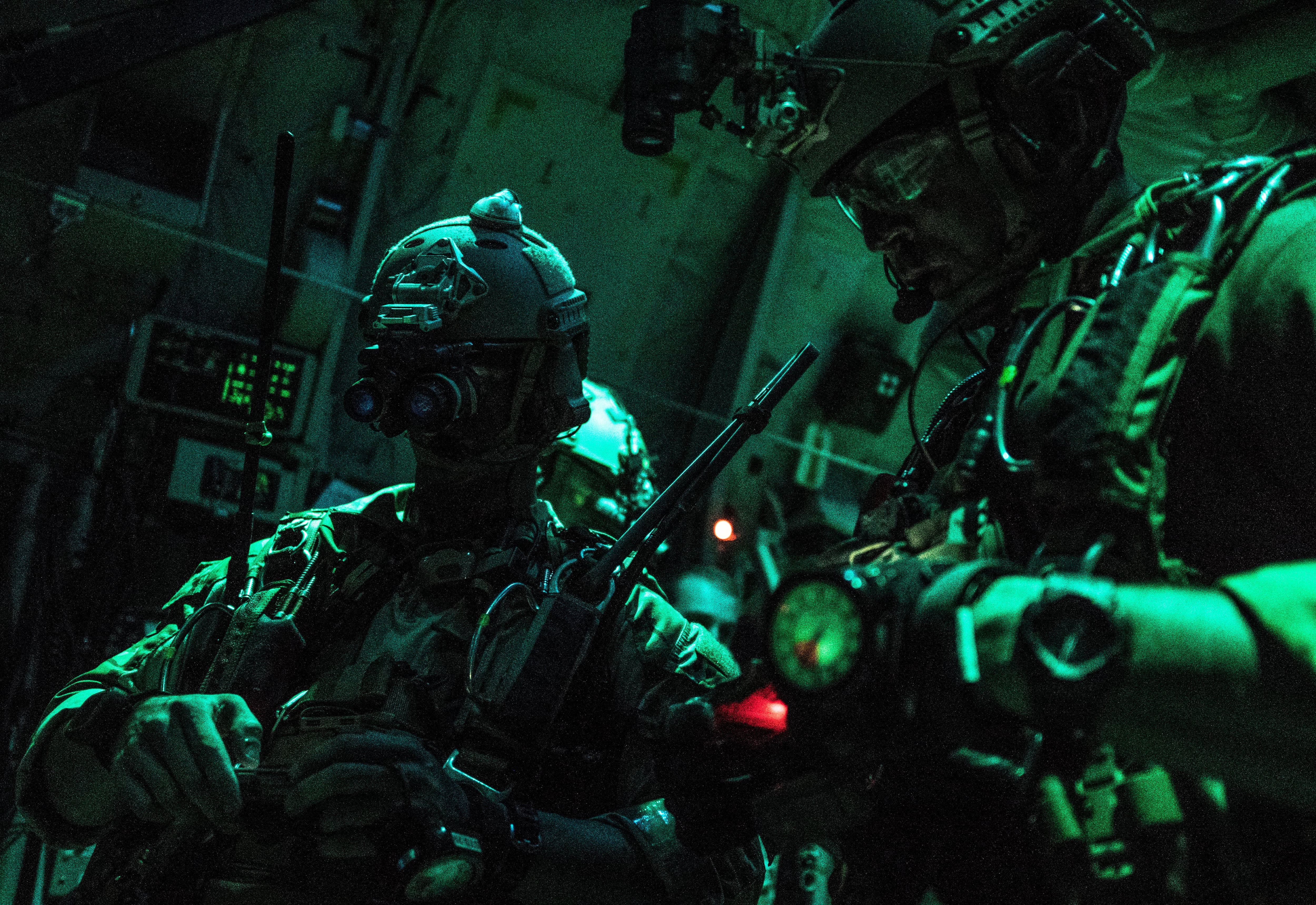WASHINGTON — While the phrase “tsunami of data” seems to have exited everyday use by Defense Department officials, the problem remains the same: The Pentagon simply cannot exploit the sheer amount of information that comes in every day to its fullest.
It’s a challenge that will only get worse as more sources of information come online, with each branch having its own data sets, which often don’t talk to each other.
At the same time, the lack of ability to properly sort, catalog and exploit the data means the department cannot fully achieve its goals of using artificial intelligence to its fullest.
RELATED

After almost a decade of talking about the problem, military leaders appear to have a target date for when the department will get its arms around the problem, according to Gen. John Hyten, the vice chairman of the Joint Chiefs of Staff.
By 2030, the Pentagon expects handling data will no longer be an overwhelming challenge, Hyten said Monday during an event organized by the Defense Innovation Unit.
But, he added, the department is looking at any way to move that date closer, including by reworking how requirements are developed in the Joint Requirements Oversight Council, or JROC, a group chaired by Hyten, which serves as an oversight body on the development of new capabilities and acquisition efforts.
Currently, “a service develops the capability, it comes up through the various coordination boards in the JROC, eventually getting to the JROC where we validate a service concept and make sure it meets the joint interoperability requirement,” Hyten explained. “But what was intended is the JROC would develop joint requirements and push those out to the services and tell the services ‘you have to meet those joint requirements.’”
To get back to that top-down model, Hyten plans to push out a list of joint requirements for two major department priorities in all domain command and control and logistics for joint fires, which will have specific requirements for data and software.
RELATED

“They’re not going to be the traditional requirements that you’ve looked at for years, capability description documents and capability production documents. They’re going to capabilities and attributes that programs have to have,” he said. “And if you don’t meet these, you don’t meet the joint requirements and therefore you don’t get through the gate, you don’t get money. That’s how we’re going to hold it.”
Hyten added that the goal is to have those data requirements out to the services around the end of the year, shortly after the expected publication of the new joint warfighting concept. That concept — which Hyten has previously described as essentially eliminating lines between units and services on the battlefield — inherently relies on the ability to combine data to be successful, he noted.
Aaron Mehta was deputy editor and senior Pentagon correspondent for Defense News, covering policy, strategy and acquisition at the highest levels of the Defense Department and its international partners.








